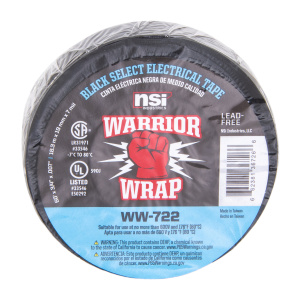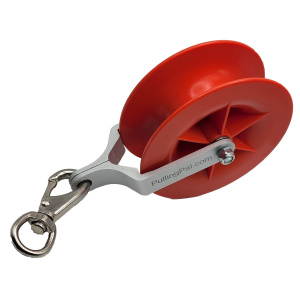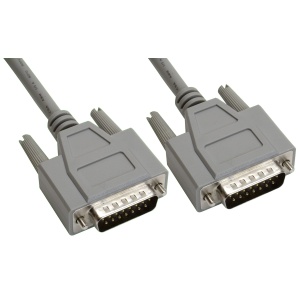Introduction
An unsung hero in the world of radio communications, UHF connectors, often take the backstage, allowing the machines they support to bask in the limelight. Yet, their importance cannot be overstated. But what are UHF connectors, and how are they used in radio communications? This comprehensive guide aims to clear the fog around this integral component of our communication systems.
What Are UHF Connectors and How Are They Used in Radio Communications?
UHF connectors, or Ultra High Frequency connectors, are a type of coaxial RF connector that were initially designed to carry signals at frequencies up to 1 GHz. But with modern enhancements, some versions can handle frequencies up to 3 GHz. They’re an integral part of the backbone of modern radio communications, providing seamless connections between radio devices and antennas. Without them, your favorite radio station’s tunes would just be static!
The Genesis of UHF Connectors
Born in the 1930s, UHF connectors have had quite a journey. Designed by an engineer at Amphenol, UHF connectors were initially meant for use in the radio industry. From their humble beginnings, they’ve grown to become a staple in various industries, from telecommunications to military applications.
The Anatomy of UHF Connectors
These connectors are comprised of a pin or probe, surrounded by an insulator, with an outer shell that screws onto the female connector. The whole package is wrapped up in a metal housing that ensures signal integrity.
The Role of UHF Connectors in Radio Communications
Ensuring Stable Signal Transmission
In radio communications, UHF connectors play the critical role of ensuring stable signal transmission between the radio device and the antenna. This stability is paramount in maintaining clear, uninterrupted communications, especially in high-frequency operations.
Versatility across Various Applications
Their wide frequency range and robust design make UHF connectors incredibly versatile. They are used not only in amateur radios, ham radios, and CB radios but also in more complex systems like satellite communications and radar networks.
The Different Types of UHF Connectors
PL-259 and SO-239 Connectors
The most common types of UHF connectors are the PL-259 (male) and SO-239 (female). These connectors are used extensively in ham radio and CB radio installations.
The N-Type Connector
The N-Type connector, another popular UHF connector variant, offers a more robust design and better performance at higher frequencies, making it the go-to choice for satellite and radar communications.
The Impact of UHF Connectors on Communication Quality
Frequency Range and Signal Loss
The choice of UHF connector can directly impact the quality of communication. Connectors designed for higher frequency ranges typically result in less signal loss, leading to clearer and more reliable communications.
Impedance Matching
The impedance matching of UHF connectors is vital in preventing signal reflection, a phenomenon that can cause significant signal degradation. A well-matched connector can dramatically improve the quality of transmission and reception in a radio communication system.
How to Install a UHF Connector
Preparing the Cable
The first step in installing a UHF connector involves preparing the coaxial cable by stripping off the outer insulation and revealing the inner conductor.
Attaching the Connector
The next step is to slide the connector onto the cable and solder the center conductor to the connector pin. This ensures a strong and secure connection that can withstand the rigors of everyday use.
UHF Connector Maintenance
Regular Inspection
Regular inspection of your UHF connectors is critical to ensuring long-term reliability. Look out for signs of corrosion or physical damage that could compromise the connector’s performance.
Cleaning and Replacing
Regular cleaning can keep your UHF connectors in top shape. And if you notice significant wear and tear, it’s time to replace the connector to ensure optimal performance.
Frequently Asked Questions
Q: Can UHF connectors be used for video signals?
A: Yes, UHF connectors can be used for video signals, but they’re primarily used for radio frequency signals.
Q: How often should I replace my UHF connectors?
A: The lifespan of a UHF connector depends on its usage and environment. Regular inspection can help determine when a replacement is necessary.
Q: Can UHF connectors handle digital signals?
A: Yes, UHF connectors can handle both analog and digital signals effectively.
Q: Are UHF connectors weatherproof?
A: While UHF connectors themselves aren’t typically weatherproof, they can be made so with the use of protective covers or sealants.
Q: What is impedance matching in UHF connectors?
A: Impedance matching involves matching the impedance of the connector to that of the cable and antenna to prevent signal reflection.
Q: Can I install a UHF connector myself?
A: Yes, with the right tools and a little patience, you can install a UHF connector yourself. However, for complex installations, professional help may be needed.
Conclusion
UHF connectors play a pivotal role in radio communications, facilitating reliable and high-quality transmission and reception of signals. Understanding what UHF connectors are and how they’re used in radio communications is the first step to optimizing your radio communication systems. As we continue to depend heavily on radio communications in various sectors, the importance of these small, unassuming connectors cannot be overstated.












